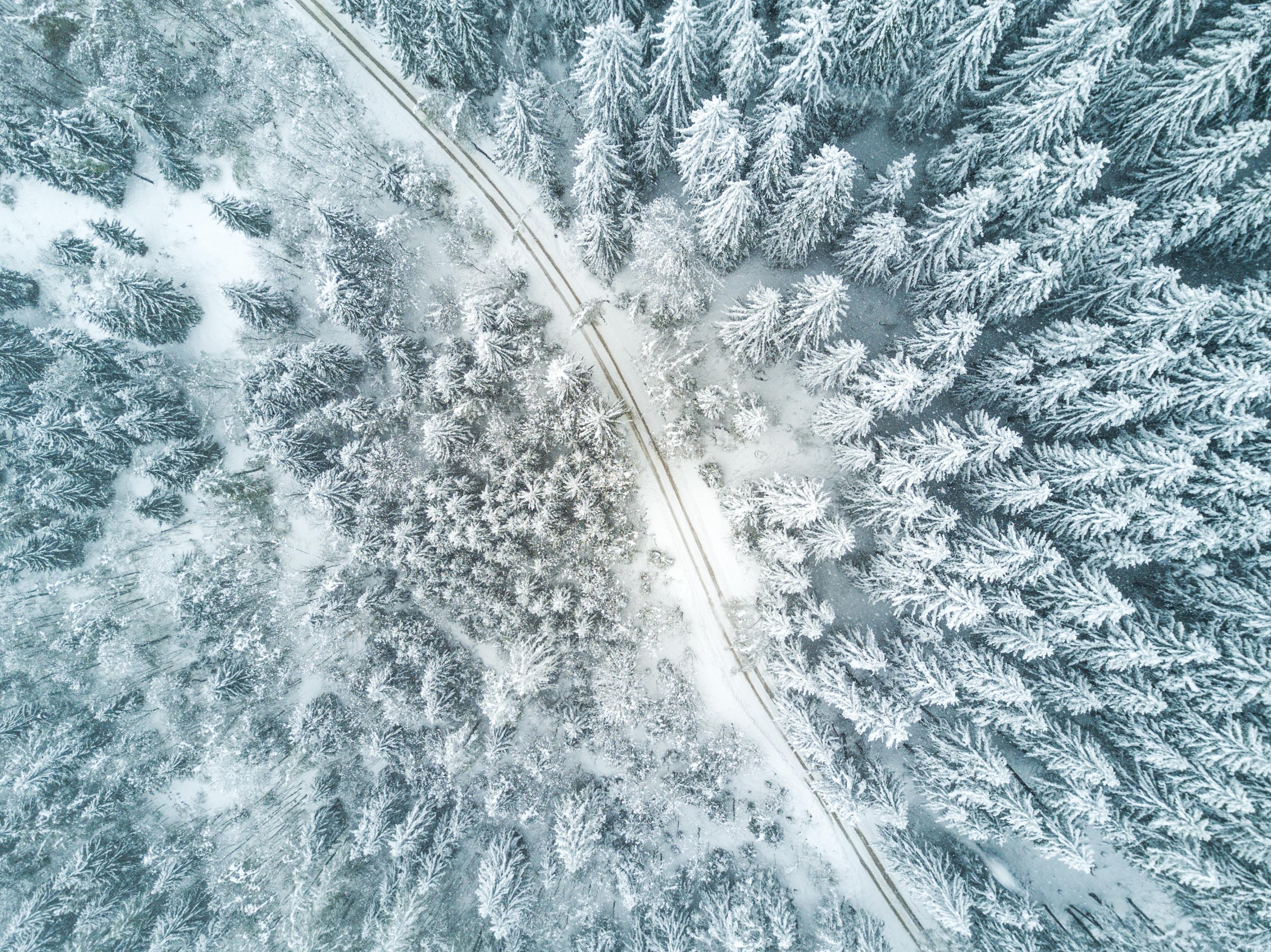
based on a NY Times article
After a month of relatively mild winter weather, the Midwest and the East Coast are bracing for what is becoming a seasonal rite of passage: the polar vortex.
The phrase has become synonymous with frigid temperatures that make snowstorms more likely. A blast of arctic air is expected to herald the vortex’s arrival on Monday.
If it seems as if these polar freezes are happening more often, you’re right. “They are definitely becoming more common,” said Jennifer Francis, a senior scientist at the Woods Hole Research Center. “There have been a couple of studies that have documented that, ”according to Judah Cohen, a climatologist at Atmospheric and Environmental Research, a weather risk assessment firm.
Monday’s high temperature in New York City was predicted to reach just 16 degrees, 20 degrees below average, according to the forecasting service Weather Underground.
Polar Vortex. The term refers to circular bands of winds near the poles that are strongest in wintertime and well above the jet stream in the stratosphere. The stratosphere is an atmospheric layer that extends roughly seven to 31 miles above the earth.
Usually, those circular bands act as walls that keep the teeth-chattering cold air locked at the poles. But, every so often, the winds break down and allow the cold air to escape. That’s what happened at the beginning of this month, when the polar vortex split into three separate bands.
As the Arctic gets warmer and warmer, the severe weather picks up.